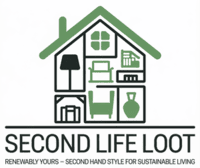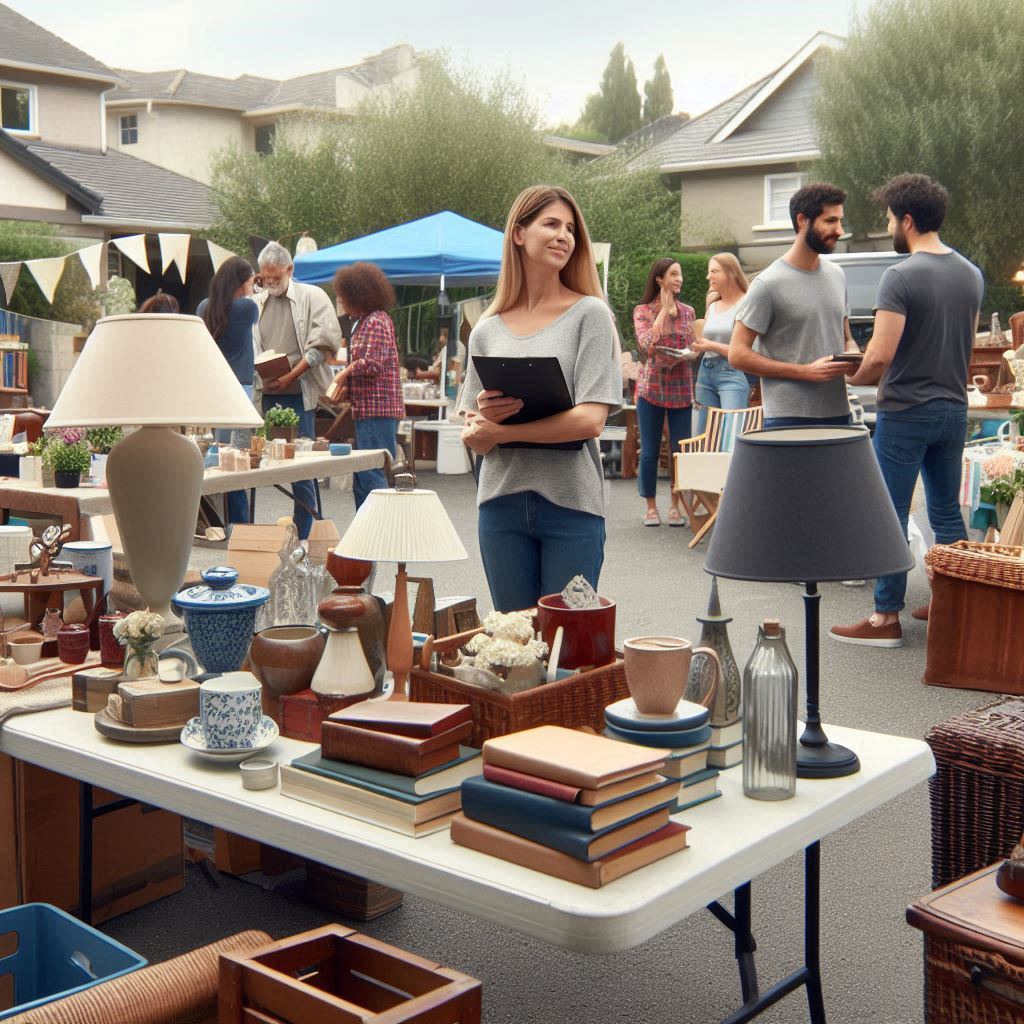table of Contents
Buying second-hand household items can be a smart move not just for your wallet but also for the planet. Used goods often come at a fraction of the price and can help reduce waste. Plus, you might land some vintage treasures that no one else has.
The environmental benefit is a biggie. By choosing second-hand, you’re helping cut down on manufacturing demands and keeping functional items out of landfills. It’s an excellent way to support sustainability while saving some bucks.
This guide will walk you through everything you need to check before purchasing used household items. From understanding what to prioritise and how to determine if items are safe and reliable, to learning the art of negotiation and ensuring a hygienic clean-up after purchase.
re-Purchase Considerations
Before snagging any second-hand item, it’s crucial to know exactly what you need. Make a list of the essentials.
- Steer clear of impulse buys just because something looks like a great deal. Focus on what adds true value to your space.
- Do a bit of homework on the brands you’re interested in. Some brands have a reputation for durability and hold up better over time.
- Check out reviews or ask around for opinions. A little surface research goes a long way in ensuring the longevity of your purchase.
- Safety first, always. Make it a point to check for any product recalls, especially if you’re buying cribs, electronics, or anything related to child safety. The Consumer Product Safety Commission’s website is a handy resource for this.
These steps ensure you are shopping smart and avoiding future headaches. After all, the goal is to secure quality items without the stress of unforeseen issues.
Condition and Functionality of second hand household items
When you’re considering a second-hand purchase, give the item a thorough once-over.
- Check for any obvious wear and tear, like scratches, dents, or missing parts.
- If it’s furniture, make sure the joints are sturdy and there’s no wobble.
- For electronics, look for signs of damage like frayed cords or cracks.
Functionality is key—test everything you can.
- Plug gadgets in to see if they power up and operate smoothly.
- For appliances, make sure they have all their essential pieces and work as they should. If the seller won’t let you test the item first, consider it a red flag.
Learning how to recognize signs of damage is vital.
- Water stains, discolouration, and unusual odours might indicate problems that could worsen over time.
- Don’t hesitate to ask the seller about the history and any issues you notice. It’s better to spend a little more time inspecting now than to deal with surprise repairs later.
Negotiating Price and Value Assessment
Getting a good deal means understanding the fair market value of the item you’re eyeing.
Pricing
Spend some time checking out online listings or local stores to compare prices. This gives you a solid baseline for what’s reasonable.
Bidding/Offer
When it comes time to make an offer, be confident but fair. Start a bit below your maximum price, giving yourself room to negotiate. Keep the conversation friendly; sellers are often willing to drop their price if they know the item is going to a good home.
Condition
Another key point is to evaluate the item’s overall condition and any imperfections. Use these as leverage to negotiate a better price. Highlighting minor flaws can sometimes lead to significant savings.
Deal Breakers
You should also be prepared to walk away if the deal doesn’t meet your expectations. Sometimes, saying no and waiting for a better opportunity is the best strategy. Don’t settle unless you’re comfortable with both the quality and the cost.
By having a clear price strategy and understanding the value of what you’re buying, you can secure a second-hand bargain that ticks all your boxes.
Ensuring Safe and Hygienic Use
Once you’ve scored a great deal, it’s time to get that item ready for your home. Cleaning is the first order of business. Depending on the material, wash or wipe down surfaces using non-toxic cleaning agents. Eco-friendly products are just as effective and mean you’re keeping the planet in mind.
Furniture
For soft furnishings like couches or cushions, consider steam cleaning or using a fabric-safe cleaner to get rid of any lingering germs or odours. A little TLC can make these items feel as good as new.
Electronics
Safety checks extend beyond cleaning, too. If you’ve bought electronics or appliances, ensure they’re set up correctly following any included instructions or online guides for proper use. Double-check that any modifications or repairs have been done professionally to avoid hazards.
Protective Gear
It’s worth investing in protective gear or products, such as mattress covers or cord organizers, to maintain cleanliness and order. Not only will these extend the life of your items, but they also make your space safer and tidier.
By taking the time to clean and check everything thoroughly, you ensure that your second-hand finds are both safe to use and a welcome addition to your household.
Tips for a Successful Second-Hand Shopping Experience
Finding reliable sources is a game-changer when shopping second-hand.
Local thrift stores, garage sales, and online marketplaces like eBay or Facebook Marketplace offer countless opportunities. A little patience and persistence often lead to discovering hidden gems.
When preparing to shop, having a checklist is a time-saver. Tailor it to include room for inspection notes, price comparisons, and any must-have features. This keeps you organised and focused on what’s truly needed.
Quality should always be a top priority. Even if an item isn’t perfect, check whether it can be easily repaired or updated. Sometimes a simple fix can turn a ‘pass’ into a ‘perfect’.
Stay flexible in your approach. If an item on your wish list isn’t available right away, remember that new items often become available. This flexibility helps keep your buying decisions intentional rather than impulsive.
By combining a strategic approach with the right mindset, your second-hand shopping can be both fun and rewarding. Each purchase contributes to a more sustainable lifestyle and gives pre-loved items a second chance at life.
Interesting Read!
Top tips for selling gently used home decor for extra cash!
Affiliate Disclosure : In the interest of transparency, I must declare that I earn commission from qualified purchases without any cost to the buyer. Please click here to read more.
Kaleem,
secondlifeloot.com

